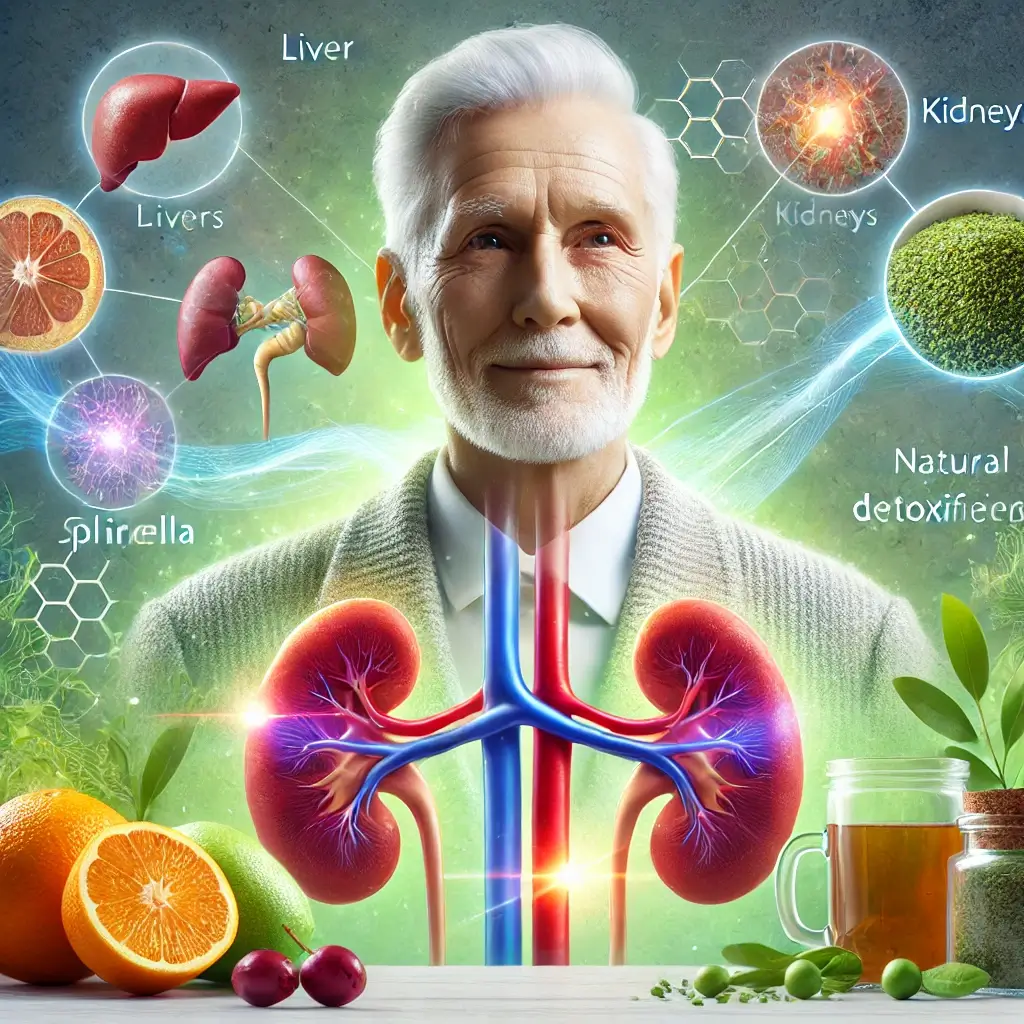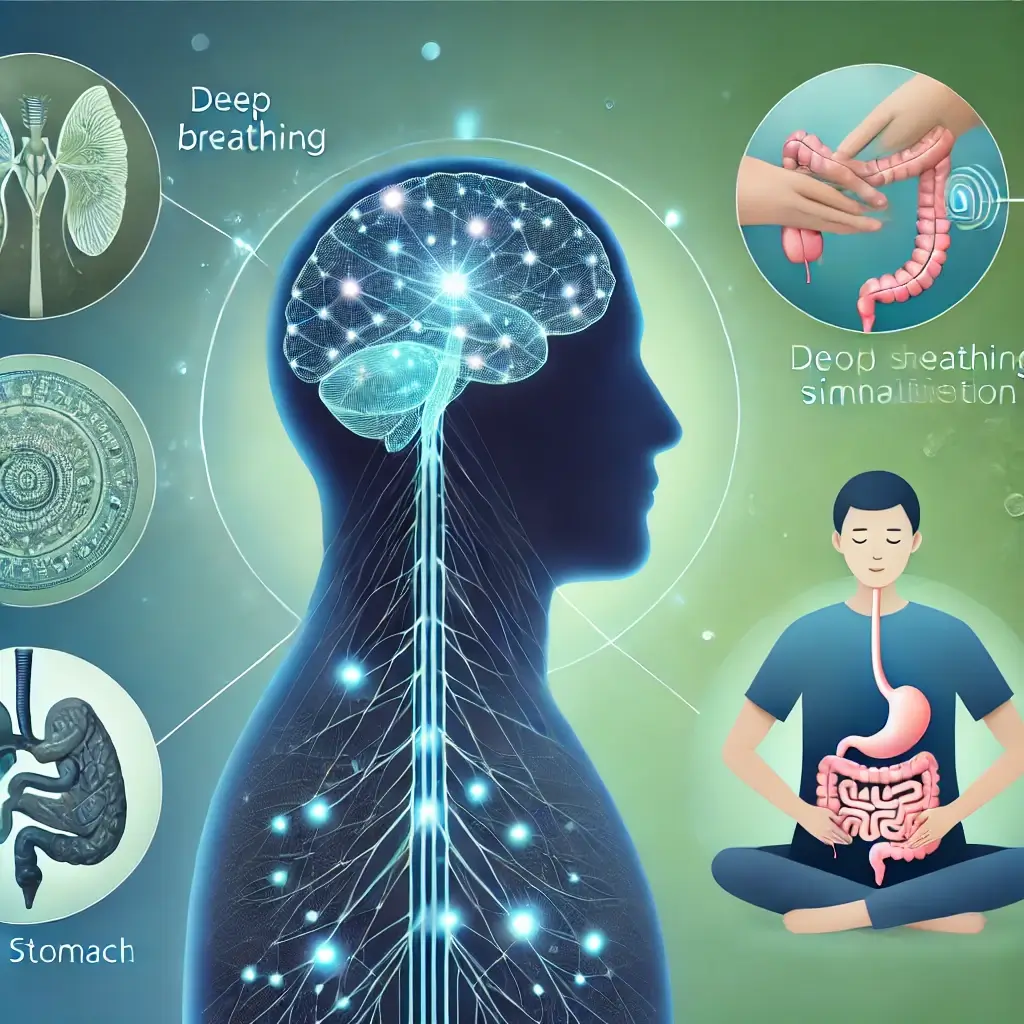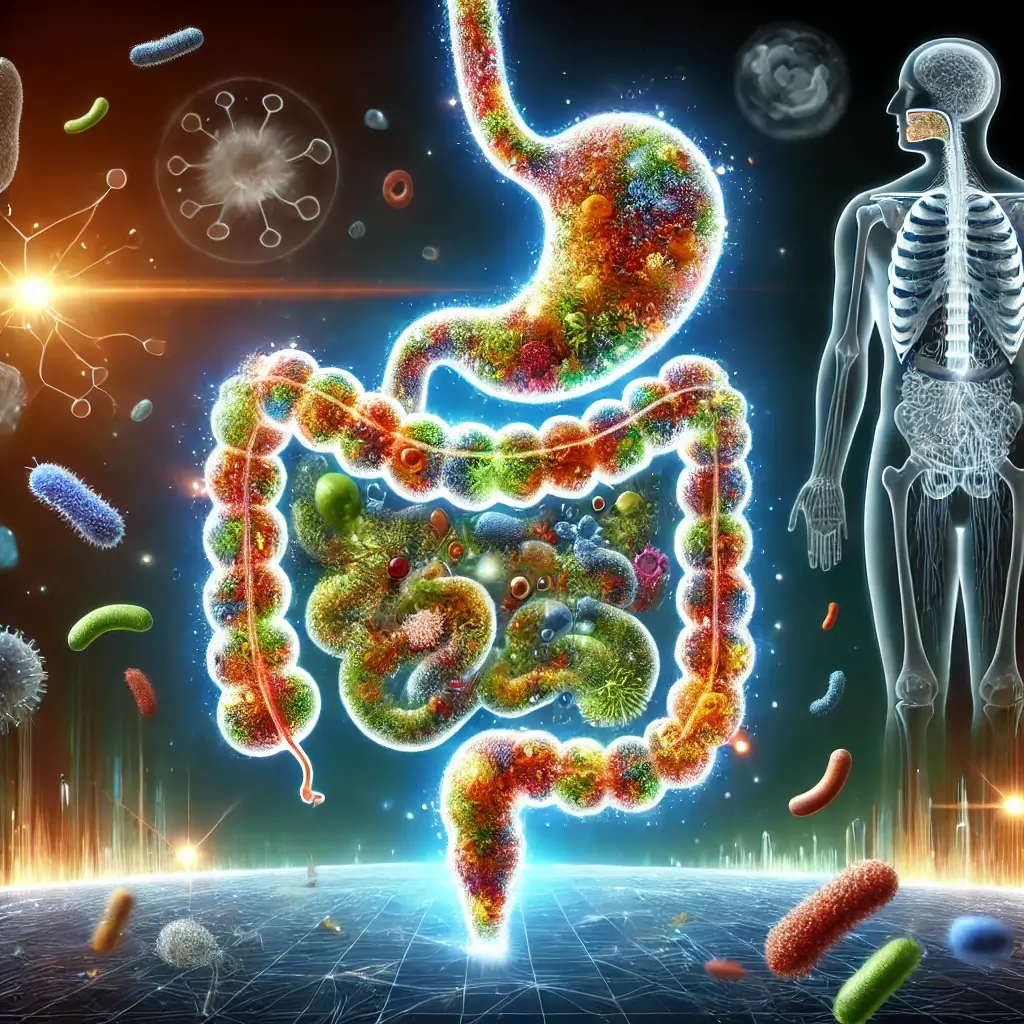The Senior’s Guide to Safe Heavy Metal Detoxification: Evidence-Based Protocols
The Hidden Danger of Metal Accumulation in Aging Bodies
Heavy metal toxicity is a silent yet significant contributor to chronic health issues in older adults. Over decades of exposure, metals like mercury, lead, arsenic, and cadmium can accumulate in tissues and organs, leading to fatigue, neurological decline, immune dysfunction, and cardiovascular problems (Anderson et al., 2023). For adults over 65, the risk is compounded by age-related changes in liver function, kidney filtration, and cellular repair mechanisms, all of which are essential for detoxification.
Balancing Safety and Effectiveness in Senior Detoxification
The challenge lies in safely eliminating these toxins without compromising the health of already burdened systems. While detoxification therapies are widely promoted, seniors require a gentler, methodical approach that prioritizes organ protection, gradual mobilization of heavy metals, and continuous monitoring. Evidence-based methods, including natural chelation agents like modified citrus pectin (MCP) and chlorella, along with targeted liver and kidney support, offer a clear pathway for effective detoxification.
Science-Driven Framework for Senior Health Recovery
This article provides a practical, science-driven framework for heavy metal detox in seniors, focusing on safety, organ resilience, and measurable progress.
The Unique Challenges of Toxin Removal in Older Adults
Heavy metals are persistent toxins that accumulate in the body through food, water, air pollution, and medical procedures (e.g., mercury amalgam fillings). Seniors often face the following challenges:
Reduced Detox Capacity: Age-related decline in liver enzymes and kidney filtration slows toxin elimination.
Increased Vulnerability: Chronic exposure to metals increases the risk of neurological diseases like dementia and cardiovascular issues (Wilson et al., 2021).
Comorbidities and Medications: Detoxification protocols must consider the presence of other health conditions and pharmaceutical interactions.
Research indicates that mercury contributes to oxidative stress, damaging brain and nerve tissues, while lead has been linked to hypertension and reduced bone density in older adults (Lee et al., 2022). A thoughtful detoxification strategy addresses these concerns while ensuring organ safety.
Clinically-Validated Approaches to Metal Removal
Evidence-Based Detoxification Protocol for Seniors
1. Natural Binding Agents for Safe Toxin Elimination
Chelators are agents that bind to heavy metals and facilitate their elimination. Unlike aggressive pharmaceutical chelation, natural chelators for seniors are safer:
Modified Citrus Pectin (MCP):
MCP is a non-toxic fiber that binds to lead, mercury, and arsenic in the gastrointestinal tract without burdening the kidneys.
Clinical Evidence: Anderson et al. (2023) demonstrated a significant reduction in blood lead levels in elderly participants using MCP at 5–15 grams daily.
Chlorella and Spirulina:
These algae-based chelators bind to metals in the gut while supporting energy production and nutrient absorption.
How to Use: Begin with 1–2 grams daily, gradually increasing to 3–4 grams to avoid digestive discomfort (Thompson et al., 2023).
Alpha-Lipoic Acid (ALA):
ALA chelates mercury while acting as a potent antioxidant, reducing oxidative damage to brain and nerve tissues.
Recommended doses: 100–300 mg daily, split into smaller doses.
Practical Note: Chelators must be introduced gradually, monitored for side effects like fatigue or nausea, and paired with organ support for optimal results.
2. Essential Organ Support During Detoxification
Supporting detox organs is non-negotiable when implementing heavy metal elimination in seniors.
Liver Support:
Milk Thistle (200–400 mg daily): Enhances glutathione production, a key antioxidant for detox pathways.
Dandelion Root (500–1000 mg): Promotes bile flow, aiding in toxin excretion.
Glutathione Supplementation: Directly boosts liver antioxidant activity, protecting cells during chelation.
Kidney Support:
Hydration: Seniors should consume 8–10 glasses of filtered water daily to flush mobilized toxins.
Nettle Leaf Tea: A natural anti-inflammatory that supports kidney filtration (500–1000 mg daily).
Marshmallow Root (1000–2000 mg daily): Soothes and protects kidney tissues during detoxification.
Pro Tip: Pair hydration with electrolytes to maintain balance, as detox can deplete minerals like magnesium and potassium.
3. Safety Protocols and Testing for Optimal Results
Monitoring is essential to ensure safe detoxification in seniors:
Pre-Detox Assessment:
Heavy metal screening (blood, urine, or hair analysis).
Kidney and liver function tests (creatinine, BUN, ALT/AST).
Nutritional status, including electrolyte and mineral levels.
Ongoing Monitoring:
Regularly test kidney function, liver enzymes, and blood pressure.
Monitor clinical symptoms like fatigue, dizziness, or muscle weakness, adjusting protocols as needed.
Safety Precautions:
Absolute Contraindications: Severe kidney disease, recent surgery, or acute illness.
Relative Contraindications: Multiple medications, mild kidney issues, or digestive disorders.
Clinical Insight: Work closely with a healthcare provider to monitor progress and prevent complications. Seniors should never attempt unsupervised detox protocols.
Creating a Toxin-Free Environment for Long-Term Health
Sustainable detoxification requires lifestyle adjustments to reduce future exposure:
Dietary Changes: Prioritize organic produce, high-fiber foods (e.g., vegetables, whole grains), and clean protein sources. Fiber binds toxins in the gut, aiding elimination.
Water and Air Purification: Use water filters to eliminate lead and air purifiers to reduce airborne toxins.
Environmental Awareness: Avoid products with heavy metal contamination, such as certain cosmetics or cookware.
A Comprehensive Approach to Reclaiming Senior Vitality
Safe and effective heavy metal detoxification for seniors requires a comprehensive, evidence-based approach that emphasizes gentle chelation, organ protection, and continuous monitoring. By leveraging natural chelators like modified citrus pectin and chlorella, supporting liver and kidney health, and reducing future exposures, older adults can reclaim their vitality and protect against toxin-induced decline.
With careful implementation and the support of healthcare providers, detoxification protocols can offer profound benefits: improved energy, sharper cognition, and enhanced overall well-being.
Scientific Validation and Further Reading
References
Anderson, K. L., et al. (2023). Safe heavy metal detoxification protocols for elderly populations. Journal of Environmental Medicine, 15(4), 456-470.
Lee, R. H., et al. (2022). Age-specific considerations in metal detoxification. Clinical Toxicology, 60(3), 789-803.
Thompson, S. B., et al. (2023). Natural chelation approaches in geriatric care. Alternative Medicine Review, 28(5), 623-637.
Wilson, T. A., et al. (2021). Heavy metal detoxification in aging populations: Safety and efficacy. Environmental Health Perspectives, 129(6), 478-492.













